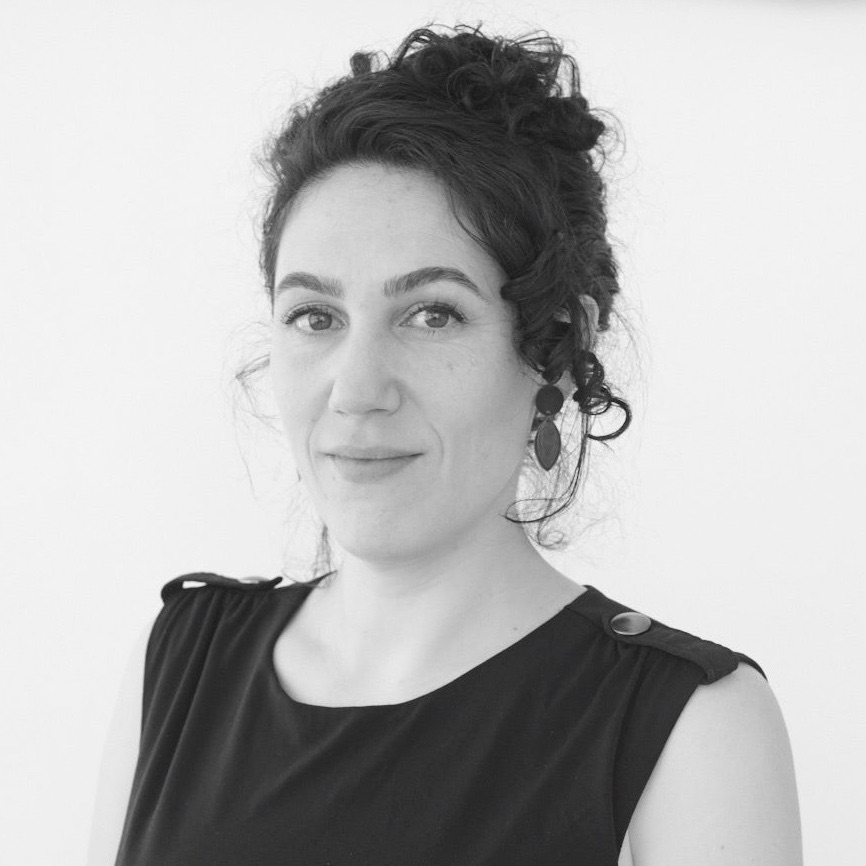A squall line is a fast-moving system of thunderstorms in a long, narrow line formation. They can stretch for hundreds of miles (typically arranged north-south) but are usually less than32km (20 miles) wide. As they sweep across the landscape, they deliver a short, violent burst of weather that can include dangerous straight-line winds, lightning, hail, and torrential rain.
Squall lines tend to form in the mid-latitudes, where they move from west to east, or the tropics where they move east to west. They are most common in the US, east of the Rocky Mountains, especially during the spring.
Squall lines are usually seen along, or ahead of, the leading edge of a cold front. As it advances, the cold, dense air forces warmer, moister air in its path to rise. As the warm air rises, it cools, and the moisture it contains condenses into a cloud. Meanwhile, a downdraughtof cold air from the top of the storm cloud rushes in to take its place, slamming into the ground and spreading out in all directions.
Ahead of the storm, this frigid‘gust front’intensifies the lifting effect and causes wind shear at the boundary of the two air masses,and can generate an ominous-looking shelf cloud.When the winds propelling a squall line forwards are strongest at the midpoint of the line, a feature called a‘bow-echo’can develop. On a radar image, this appears as a band of heavy rain shaped like an archer’s bow.
Occasionally, tornadoes spring up at the trailing tips of the bow. At their most extreme, bow echoes can become self-sustaining storms known as derechos, which maintain their structure for several hours, produce gusts as strong as a Category 1 hurricane (120km/h), and inflict wind damage along a pathof 400km (250 miles) or more.
Read more:
- How do thunderstorms form?
- Why does thunderstorm rain contain more nitrogen than ordinary rain?
- Where is the safest place to stand outside in a thunderstorm?
- How can my cat know that a thunderstorm is on its way an hour before I do?
Asked by: Adam Marsh, via email
To submit your questions email us at questions@sciencefocus.com (don't forget to include your name and location)
